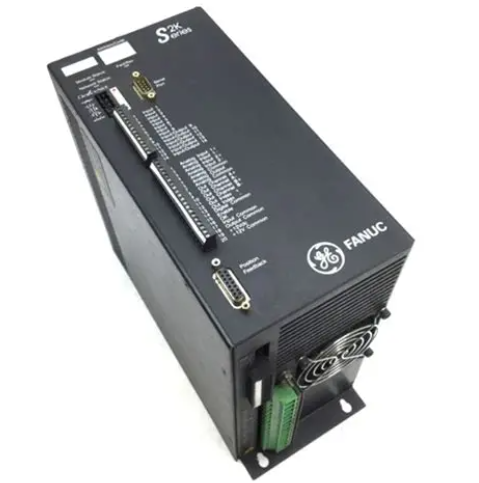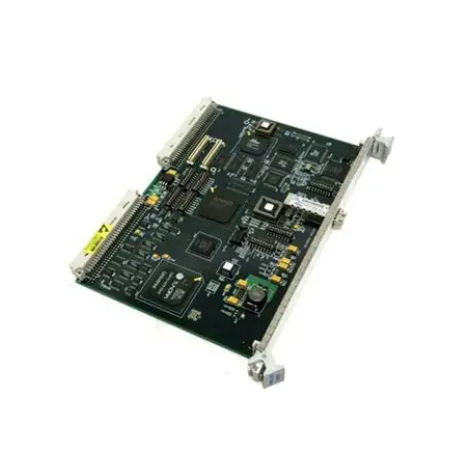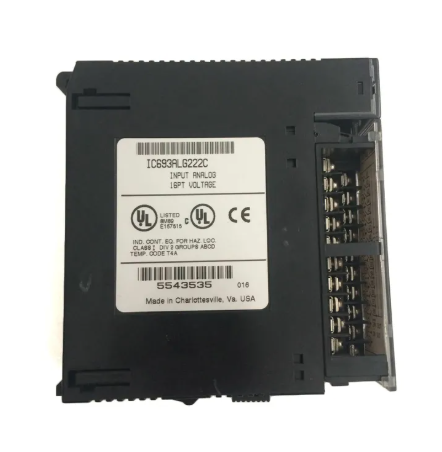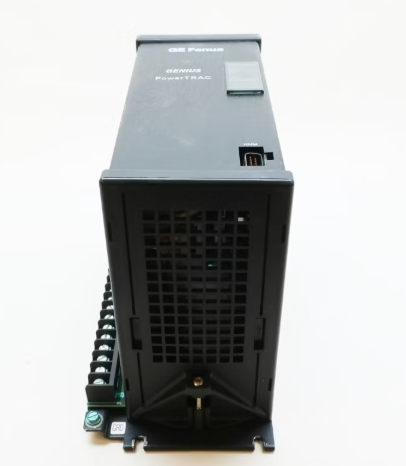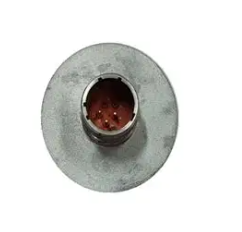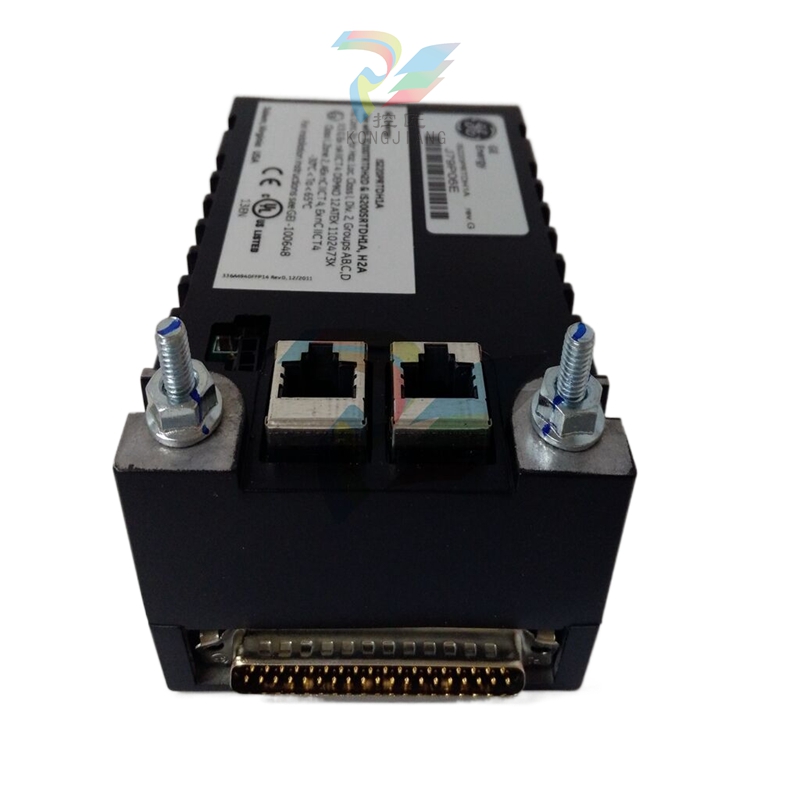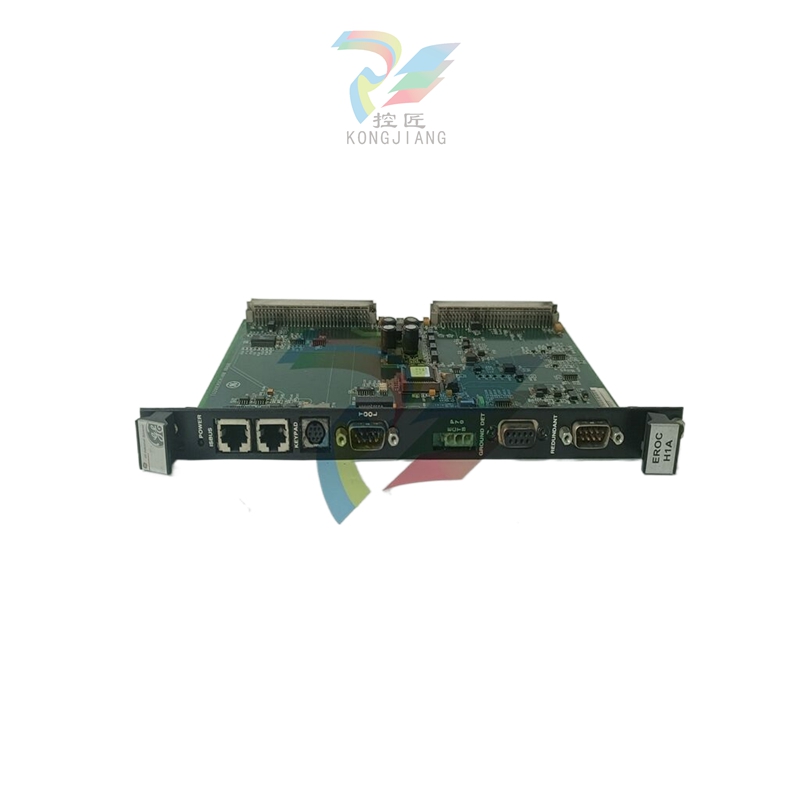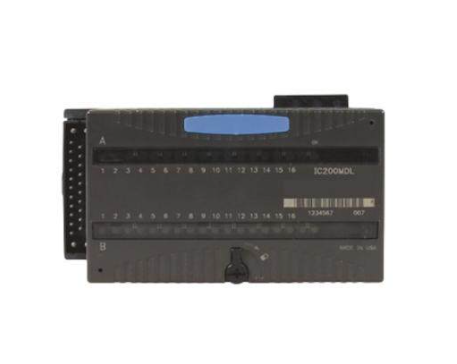Progress of natural gas desulfurization technology
1 Common natural gas desulfurization methods
From the perspective of the development trend of natural gas desulfurization technology, catalysis, adsorption and biological desulfurization are relatively advanced technologies, and according to the current domestic and foreign natural gas desulfurization methods, it can be roughly divided into chemical desulfurization, physical desulfurization, biological desulfurization and new desulfurization methods.
1.1 Chemical desulfurization method
Chemical desulphurization can be divided into wet desulphurization and dry desulphurization [1]. Dry desulphurization efficiency is high, desulfurizer generally can not be regenerated, suitable for low sulfur gas treatment, in the current industrial application is less. The absorption and regeneration methods of wet desulfurization solution can be divided into three types: chemical absorption method and REDOX method. Wet desulphurization has large processing capacity and continuous operation, and is suitable for occasions with large natural gas processing capacity and high hydrogen sulfide content.
1.1.1 Wet desulfurization technology
Wet desulfurization is through the gas-liquid two-phase contact, the H2S in the gas is transferred to the liquid phase, so as to obtain the gas purification, and then the desulfurization liquid is recycled and recycled. Among them, the commonly used wet desulphurization includes catalytic oxidation method and alkamine method [2], among which the most widely used in the world is the alkamine method.

1.1.1.1 PDS desulfurization
As a new liquid phase catalytic oxidation desulfurization process, PDS technology has the characteristics of simple process, low cost and high desulfurization efficiency compared with other similar technologies, and can not only remove inorganic sulfur, but also remove organic sulfur. High catalytic activity, less dosage, wide range of desulfurization application; It produces more sulfur foam, is easy to separate, does not clog equipment, and is suitable for desulfurization of various gases and low viscosity liquids.
The working principle of PDS desulphurization technology is similar to that of liquid phase catalytic oxidation, but there are essential differences. It is the same that the whole process is composed of two sub-processes of catalytic chemical absorption and catalytic oxidation of sulfide; The difference is that PDS desulfurization technology has catalytic effect on both sub-processes, and desulfurization is the control step of the whole process, that is, PDS desulfurization technology changes the control step of the whole process from the general liquid phase catalytic oxidation regeneration process to the control step of the whole process.
PDS desulfurization is carried out under alkaline conditions, and the desulfurization solution is composed of PDS, alkaline substance and cocatalyst. The alkaline substance used is ammonia or soda ash, but from the point of view of equipment corrosion and removal of organic sulfur, ammonia is better than soda ash. PDS desulfurization technology should be used under the conditions that the operating pressure is not too high, the maximum is not more than 3.0MPa, and the atmospheric pressure is the best, because the high power consumption caused by high pressure natural gas desulfurization treatment is not ideal. In recent years, the PDS desulfurization technology has been continuously improved and perfected, and the performance of various aspects of the catalyst has been greatly improved and improved, and the development of PTS-4, PTS-200 has been developed to the current PTS-400. The improved PDS-400 does not require pre-activation or cocatalyst for industrial use, and the activity index is increased from 0.02minI1 to 0.04min or even above 0.06min, and the catalytic activity and selectivity are improved.
1.1.1.2 Aldoamine method
The alkamine process is the most commonly used method in natural gas desulfurization. The alkylamine process is a process in which H2S and CO2 in natural gas are absorbed by desulfurizing solution such as methyldiethanolamine and diethanolamine, and then react with the alkylamine solution [3]. The common desulfurizers are monoethanolamine (MEA), diethanolamine (DEA), triethanolamine (TEA), diethylene glycol amine (DGA), diisopropanolamine (DIPA), methyldiethanolamine (MDEA). The hydroxyl group and amino group are contained in the structure of alcoholamine, and the hydroxyl group can reduce the vapor pressure of the compound and increase the solubility of the compound in water. The amino group makes the aqueous solution of the compound alkaline in order to promote its absorption of the acidic components.
MEA is the most alkaline among various amines, reacts most quickly with acid gas, can remove both H2S and CO2, and has no selectivity for these two acidic substances. MEA is able to purify H2S and CO2 up to several ppm, but regeneration requires considerable heat. If the raw gas contains COS, MEA method is not suitable due to irreversible reaction and final degradation of solvent.
DEA can remove both H2S and CO2, and is non-selective. Unlike MEA, DEA can be used in situations where COS is present in the feed gas. Even though the molecular weight of DEA is higher, its application is still economical because it can adapt to more than twice the load of MEA. The residual acid gas concentration of DEA solution after regeneration is much lower than that of MEA solution.
In particular, MDEA has good chemical stability and the solvent is not easy to degrade. The corrosion of the device is light, which can reduce the investment and operating costs of the device; When absorbing H2S gas, the amount of solution circulation is small and the gas phase loss is small. However, MDEA has poor anti-pollution ability compared with other amines, which is easy to cause problems such as solution foaming and equipment clogging.
Amine absorption is a mature natural gas treatment method, but it has some problems, such as heavy equipment, high investment cost, complicated process, large amount of desulfurizer loss, regeneration and environmental pollution. One of the biggest problems is the regeneration of the absorbent. The main regeneration method used is high temperature and vacuum distillation, which has high energy consumption, large investment and low recovery rate. At present, the desulfurization and decarburization process of alcoholamine method has been developed from the use of a single aqueous solution to the formulation of a series of solvents with different solvents. Through the solvent compounding, the operation performance is improved and the application range is expanded, which has played an obvious effect of energy saving, reducing production costs, increasing the capacity of the device and so on.
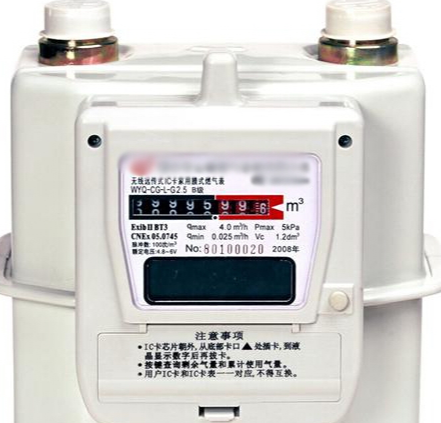
1.1.2 Dry desulfurization
Dry desulfurization means that raw gas passes through a solid bed equipped with a solid desulfurizer at a certain airspeed, and H2S in the gas phase is adsorbed to the desulfurizer after gas-solid contact exchange, so as to achieve the purpose of purification [4].
More common solid adsorbents are iron series, zinc series, manganese series oxides more active oxides. Activated carbon is a common solid desulfurizer, which can be used to remove trace H2S from natural gas. Compared with other adsorbents (such as molecular sieve), activated carbon has the advantages of large specific surface area, good thermal stability, microporous structure and large adsorption capacity of moisture, etc., and its price is low, and it can also achieve the purpose of decolorization and odor absorption while desulfurizing. The above advantages of activated carbon make it very widely used. In addition, molecular sieve and zinc oxide and other substances can also be used for natural gas desulfurization.
The desulfurization effect of zinc oxide, molecular sieve, activated carbon and iron oxide desulfurizer can achieve the mass concentration of export sulfur less than 0.1mg/m, which can meet the requirements of natural gas desulfurization. Different desulfurization methods have advantages and disadvantages: molecular sieve and zinc oxide desulfurizer are expensive, and the equipment investment is correspondingly high (molecular sieve requires high temperature regeneration equipment); Activated carbon and iron oxide desulfurizer are cheap, less equipment investment cost, easy to operate, and more economical. However, from the perspective of chemical reaction mechanism, H2S removal by activated carbon requires the presence of O2, while H2S removal by iron oxide desulfurizer with or without O2 can be carried out (reaction 2).
2H2S+O2==2S+2H2O (1)
Fe2O3·H2O+3H2S==2FeS+S+4H2O (2)
1.2 Physical desulfurization method
1.2.1 Pressurized fluidized bed combustion (PFBC) technology
The British Coal Use Research Association (BCURA) first put a fluidized bed into a pressure vessel in 1968, which was the prototype of a pressurized fluidized bed. PFBC unit efficiency is 38% ~ 42%, desulfurization efficiency is more than 90%, but also has a strong denitrification capacity, so it has aroused great interest. A commercially operated PFBC power station was used for the first time at the Vartan power station in Switzerland.
1.2.2 Membrane separation technology
The principle of membrane separation is that in the epidermis of the film, there are many very fine capillary holes, which are formed by the space between the tissues of non-bonded materials in the membrane matrix. The flow of gas through these holes is mainly the result of the joint action of knuden flow (free molecular flow), surface flow, viscous flow and screening mechanism, in which viscous flow does not produce gas separation. According to the knuden flow mechanism, the penetration rate of a gas is inversely proportional to the square root of the molecular mass of the gas. Because the molecular mass of CH4 is smaller than that of H2S, CO2 and H2O, the permeability coefficient of CH4 is greater than that of H2S, CO2 and H20. Moreover, when it is knuden flow, the permeability coefficient of pure gas is independent of the operating pressure and remains constant. Surface flow refers to the flow of the gas layer adsorbed on the surface of the membrane hole through the membrane hole because the surface of the fiber membrane has a strong adsorption effect, and the characteristics of the adsorption layer, that is, the permeability of H2S, CO2 and H20 increases with the increase of pressure. Therefore, when the surface flow dominates, the permeability coefficient of H2S, CO2 and H20 is greater than that of CH4. According to the screening method, the molecular dynamic radius of CH4 is 1.92µm, which is larger than that of H2S, CO2 and H20. When the size of some membrane pores in the membrane epidermis is small enough, CH4 is difficult to pass through these membrane pores. Therefore, H2S, CO2 and H20 have higher separation factors than CH4. When the mixed gas passes through the membrane separator under pressure, the passage rate of different gases is greatly different. "High-speed gas" quickly passes through the membrane and separates from "low-speed gas". The two gases are discharged through different pressure tubes at different outlets of the treatment system. "High-speed gas" is also known as permeable gas, which is H2S, CO2, H20, H2, He and 02. It belongs to low pressure air flow; "Low-speed gas", also known as residual gas (tail gas), is CH4, N2, Ar, CO2 and other hydrocarbon gases, which belong to high pressure gas, and the product gas (tail gas) after treatment still has a high pressure into the pipe network.
The removal of H2S, CO2 and H20 from natural gas is based on the principle that the various gases pass through the membrane at different rates, so as to achieve the purpose of separation. The gas permeation process can be divided into three stages: (1) the gas molecules dissolve on the membrane surface; (2) The dissolved gas molecules are active diffusion and movement in the membrane; (3) The gas molecules desorption from the other side of the membrane. Gas separation is a concentration-driven process that is directly related to the pressure and composition of the feed and permeate gases.
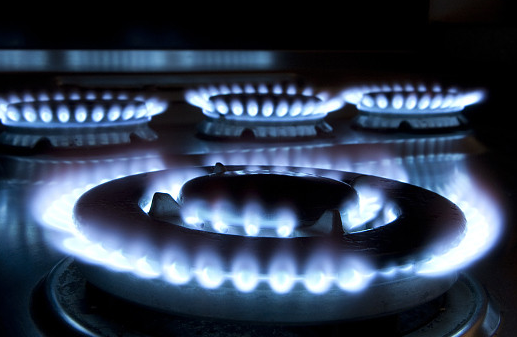
In order to improve the separation efficiency of the membrane, the membrane separation units used in the industry are mainly hollow fiber type and spiral coil type, which can be properly selected according to the specific treatment conditions. The unit area price of hollow fiber membrane is cheaper than that of spiral coil membrane, but the permeability of the membrane is poor, so the required membrane area is larger. In addition, the hollow fiber tube bundle has a small diameter (usually less than 300 microns), which is used to transmit permeable gas. If the permeable gas flow is too large, the pressure in the tube will decrease significantly and affect the separation efficiency of the membrane. The spiral coil design solves this problem well, because it is to roll the membrane with a thinner selective permeation layer than the hollow fiber membrane into a tubular container, so it has a higher permeation flow rate, and the membrane's bearing capacity is also improved. At the same time, the unit can also be designed to the appropriate size according to special requirements for easy installation and operation. Therefore, although the unit area price of the spiral coil film is 3-5 times more expensive than that of the hollow fiber film, because of its above advantages, foreign natural gas membrane treatment devices mostly use spiral coil separation units.
Membrane separation technology is suitable for the treatment of natural gas with low raw gas flow and high acid gas concentration, and it is also suitable for the change of raw gas flow or acid gas concentration, but it cannot be used as a treatment method for obtaining high purity gas. It is not suitable for natural gas with large feedstock gas flow and low acid gas content, and the existence of too much water and acid gas at the same time will adversely affect the performance of the film. At present, foreign membrane separation technology mainly removes CO2 from natural gas, and the application of separating H2S is relatively few, and the concentration of H2S treated is generally low, and the treatment flow rate of most applications is not large, and some are only used for single gas Wells in remote areas. However, membrane separation technology, as a treatment process to remove a large amount of acid gas, or mixed with the traditional process, provides a feasible method for the treatment of natural gas with high concentration of acid gas. Many useful attempts have been made abroad in this regard. In particular, the treatment of some high H2S natural gas has obtained satisfactory results.
1.2.3 Pressure Swing Adsorption Technology (PSA)
Pressure swing adsorption technology is an important gas separation technology, which is characterized by reducing the partial pressure of adsorbed components to regenerate the adsorbent, and the rapid reduction of partial pressure is achieved by reducing the total pressure of the system or using purge gas. The technology was successfully developed in 1959 and is now widely used in industry due to its low energy consumption
1.3 Biological desulfurization method
Biological desulfurization technology is a new process developed in the 1980s, it has many advantages, no catalyst and oxidant, no chemical sludge treatment, less pollution, low energy consumption, high efficiency, many domestic and foreign scholars are committed to the research of this technology. It uses various microorganisms in the fermentation solution (such as thiobacillus denitriformis, thiobacillus thiooxides, thiobacillus ferrooxidans, thiobacillus thiobacillus thiodisulfide, thiobacillus filamentus and thiobacillus) to oxidize H2S to elemental S and H2SO4 under the condition of low oxygen, and the reaction formula is as follows
2H2S+O2=2S+2H2O
2S+302+2H2O=2H2SO4
So far, there are two kinds of natural gas biological desulfurization processes that have obtained industrial applications: Bio-SR and Shell-Paques processes.
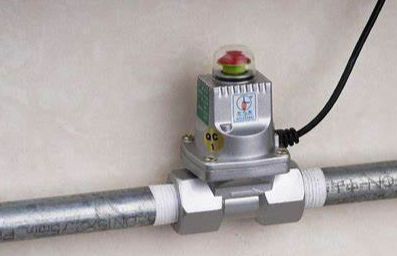
1.3.1 Thiobacillus ferrooxidans (i.e. Bio-SR process)
Bio-SR process was developed by the Japanese steel pipe company Keihama Production, industrial application in 1984, mainly used for industrial waste gas (such as refinery amine washing unit and Claus unit exhaust gas) sulfur removal, the use of thiobacilus ferrooxidans, operating under acidic conditions, has built two sets of units.
Thiobacillus ferrooxidans have eosinophilus, so the reaction should be carried out under acidic conditions, and the oxidation pH value is 12 ~ 14. The process utilizes the indirect oxidation of thiobacillus ferrooxidans to remove H2S with iron sulfate, and then oxidizes low iron to trivalent iron with thiobacillus ferrooxidans. Its desulfurization principle is as follows:
1.3.2 Thiobacillus azotizans (SHel-PaQUES process)
The process, developed jointly by Dutch company Paqu and Shell, uses thiobacillus denitriformis to remove hydrogen sulfide under alkaline conditions. The company's original Thiopaq process is used for desulfurization of refinery gas, biogas, etc. Shelpaq is the name given to natural gas, syngas, and Klaus exhaust treatment applications, where the process has been successfully used since 1993 for the desulfurization of biogas (a mixture of CH4, C02, and H2S). After the experiment of long-term treatment of high-pressure natural gas in the experimental plant, it is proved that the process runs smoothly, and its cost is about 100 US dollars /t of sulfur, which is suitable for treating 5013000kg/d of H2S. The technique uses lye to absorb hydrogen sulfide, since thiobacillus azotica can survive in both aerobic and anaerobic conditions, under aerobic conditions.
- EMERSON
- Honeywell
- CTI
- Rolls-Royce
- General Electric
- Woodward
- Yaskawa
- xYCOM
- Motorola
- Siemens
- Rockwell
- ABB
- B&R
- HIMA
- Construction site
- electricity
- Automobile market
- PLC
- DCS
- Motor drivers
- VSD
- Implications
- cement
- CO2
- CEM
- methane
- Artificial intelligence
- Titanic
- Solar energy
- Hydrogen fuel cell
- Hydrogen and fuel cells
- Hydrogen and oxygen fuel cells
- tyre
- Chemical fiber
- dynamo
- corpuscle
- Pulp and paper
- printing
- fossil
- FANUC
- Food and beverage
- Life science
- Sewage treatment
- Personal care
- electricity
- boats
- infrastructure
- Automobile industry
- metallurgy
- Nuclear power generation
- Geothermal power generation
- Water and wastewater
- Infrastructure construction
- Mine hazard
- steel
- papermaking
- Natural gas industry
- Infrastructure construction
- Power and energy
- Rubber and plastic
- Renewable energy
- pharmacy
- mining
- Plastic industry
- Schneider
- Kongsberg
- NI
- Wind energy
- International petroleum
- International new energy network
- gas
- WATLOW
- ProSoft
- SEW
- wind
- ADVANCED
- Reliance
- YOKOGAWA
- TRICONEX
- FOXBORO
- METSO
- MAN
- Advantest
- ADVANCED
- ALSTOM
- Control Wave
- AB
- AMAT
- STUDER
- KONGSBERG
- MOTOROLA
- DANAHER MOTION
- Bently
- Galil
- EATON
- MOLEX
- Triconex
- DEIF
- B&W
- ZYGO
- Aerotech
- DANFOSS
- KOLLMORGEN
- Beijer
- Endress+Hauser
- MOOG
- KB
- Moxa
- Rexroth
- YAMAHA
- Johnson
- Westinghouse
- WAGO
- TOSHIBA
- TEKTRONIX


Email:wang@kongjiangauto.com

















































































































